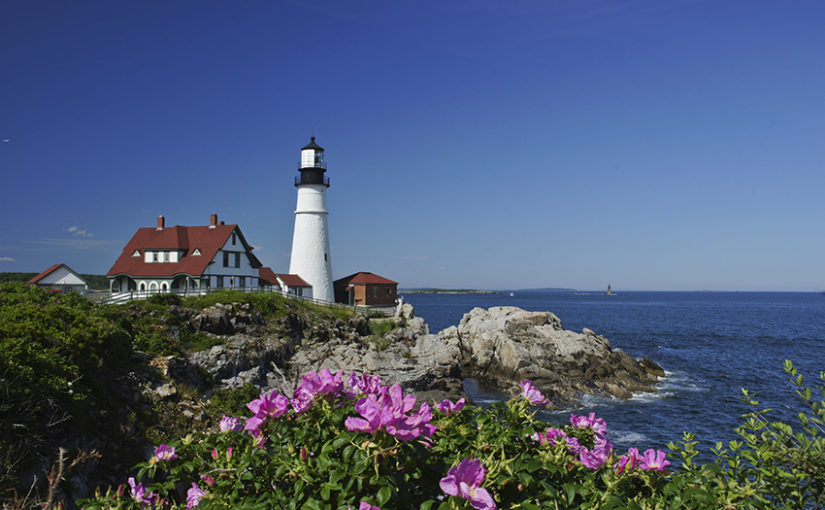Demand Response in New England: The more things change…

ISO-NE’s implementation of its price-responsive demand construct has led to several changes in its demand response programs.
Three key changes for 2019:
- DR programs are now dispatched based on economic (instead of emergency) conditions.
- DR is now considered fast-acting DR and must be dispatched within 30 minutes of the grid’s call for curtailment.
- DR resources can be offered into both day-ahead and real-time energy markets.
It may seem like the market has changed drastically and therefore demand response participation in New England will also be strikingly different than it was in the past.
While the former may be the case, the latter really isn’t.
The fundamentals of demand response participation in New England have not changed that much from the customer’s perspective. Here’s why:
- DR programs are still dispatched with a 30-minute notification window.
- Because the economic conditions that trigger DR under PRD tend to coincide with emergency conditions, there isn’t expected to be an increase in the number of events called in 2019 under the new construct compared with previous years.
- Audits (tests) proving performance are the same as they were in 2018.
Capacity prices in New England have been trending downward in recent years.
While lower capacity prices mean lower payments for DR curtailments, they are also a sign that New England has procured adequate capacity resources. This means it is probable that there will be fewer events called in the coming years and that those events are not likely to last as long as events in previous years when capacity prices in New England were higher.
Demand Response Programs in New England
ISO-NE offers the following demand response programs:
Active Demand Capacity Resource (ADCR) is a demand response program in which participating loads are dispatched when wholesale electricity prices in New England are exceptionally high.
Launched in June 2018 as part of ISO-NE’s price-responsive demand construct, ADCR replaced the Real-Time Demand Response Program (RTDR).
Passive [On-Peak] Demand Response rewards participating organizations for making permanent load reductions.
Unlike active resources, On-Peak resources are passive, non-dispatchable, and only participate in ISO-NE’s Forward Capacity Market. Eligible behind-the-meter resources include solar, fuel cells, co-generation systems, combined heat and power systems (CHP), and more.
Passive Demand Response participants offer their reduced electricity consumption into the market during both the summer and winter peak hours.
Utility Demand Response Programs
Connected Solutions–National Grid, Eversource, and Unitil are working to lower the amount of total energy our community uses during the summer months when demand for electricity on the grid is at its highest (peak demand).
To help keep their grids healthy and reliable, these utilities now offer the Connected Solutions demand response program that pays businesses to use less energy during peak demand periods.
The rules may be changing in the New England energy market, but for the commercial and industrial organization gearing up for the summer season…demand response is the same sport as it has always been.
This post was excerpted from the 2019 State of Demand-Side Energy Management in North America, a market-by-market analysis of the issues and trends the experts at CPower feel organizations like yours need to know to make better decisions about your energy use and spend.
CPower has taken the pain out of painstaking detail, leaving a comprehensive but easy-to-understand bed of insights and ideas to help you make sense of demand-side energy’s quickly-evolving landscape.



